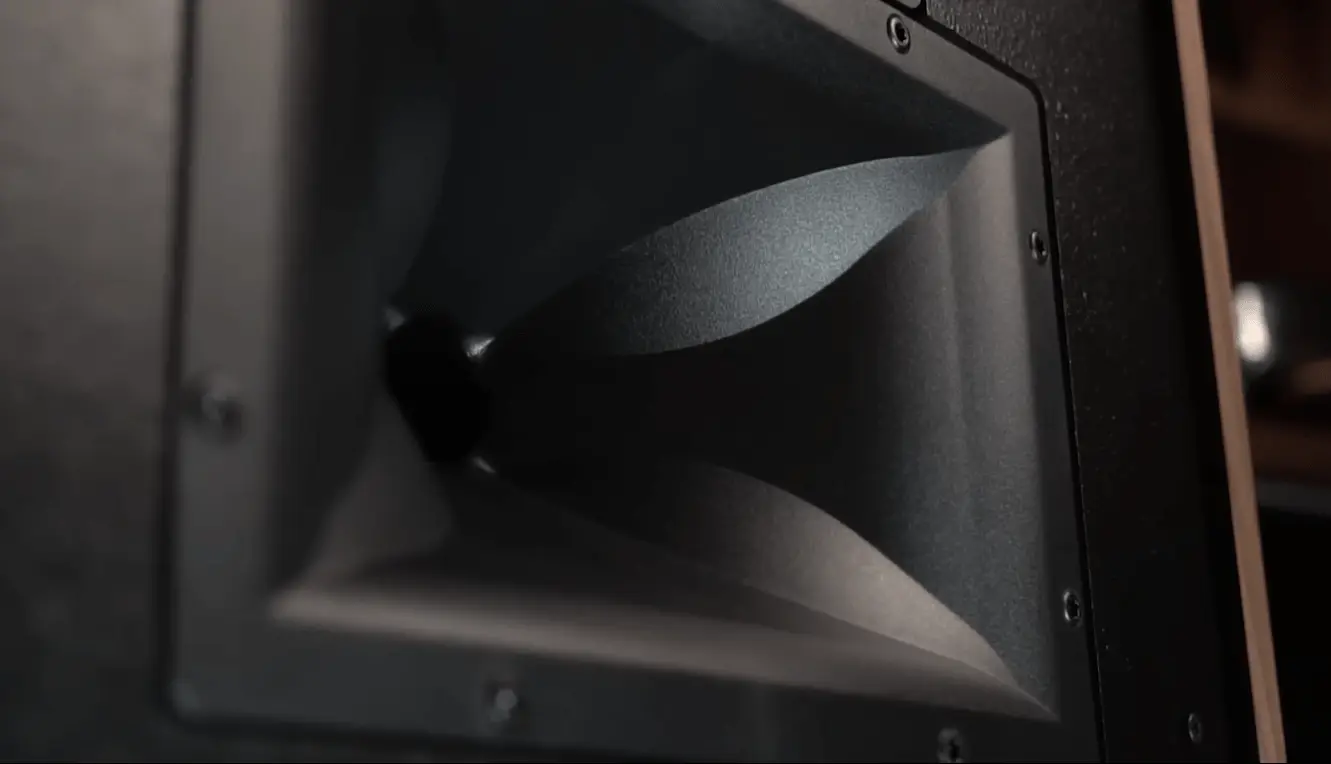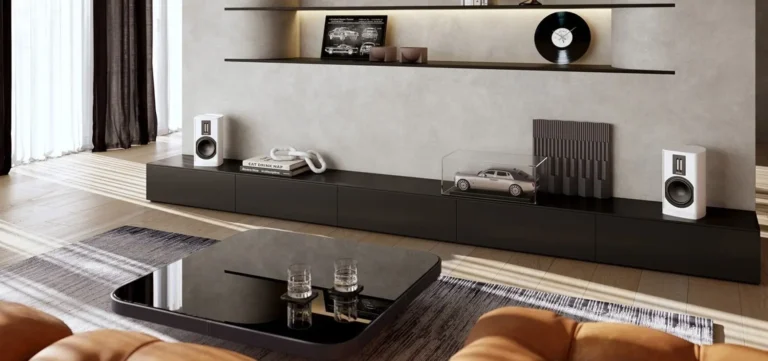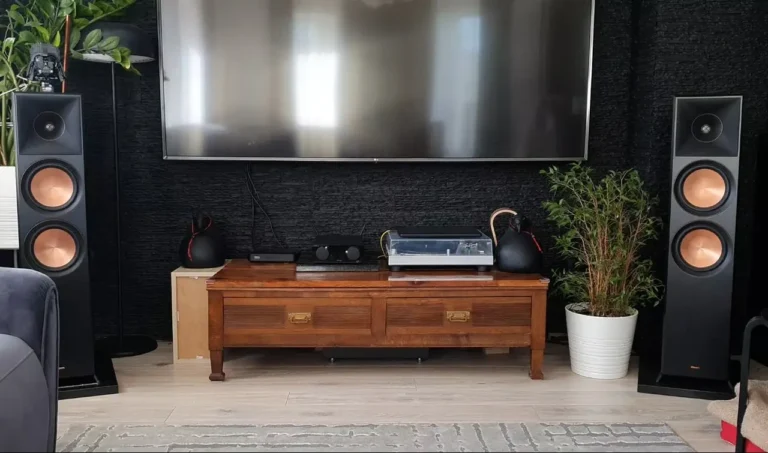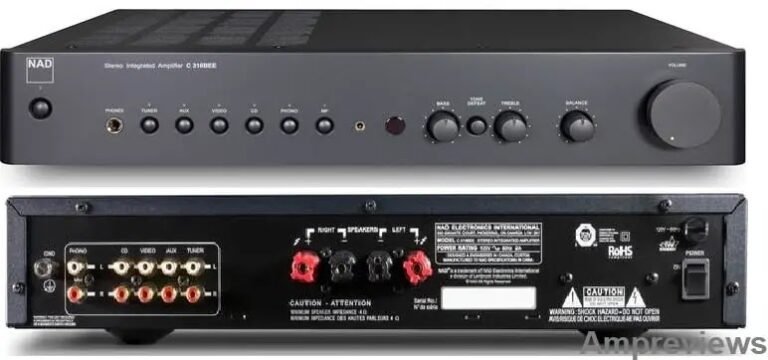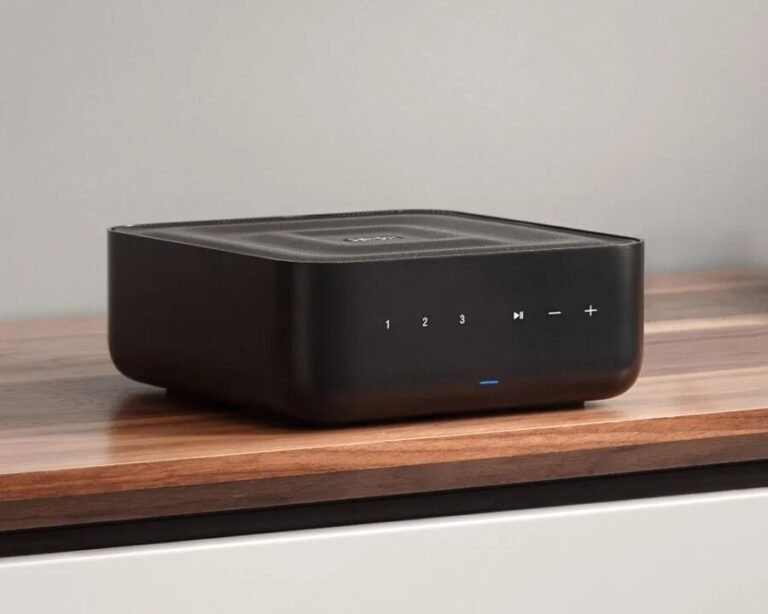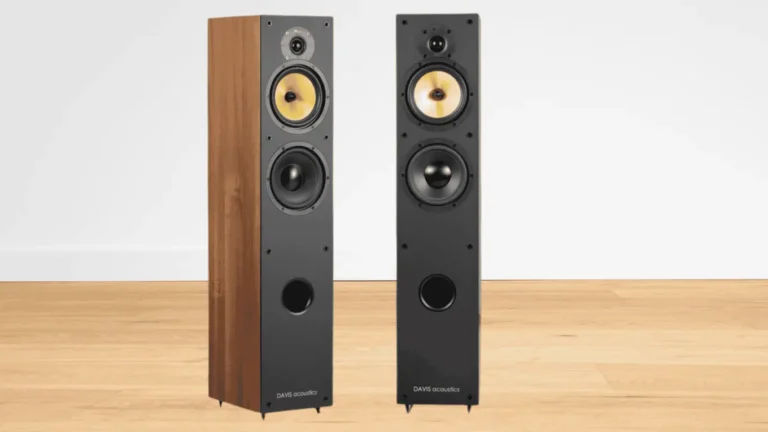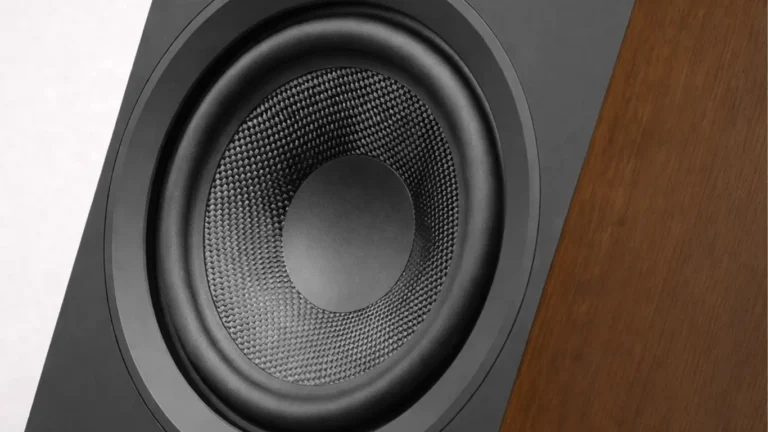I Listened to the Klipsch Forte IV, and It Changed How I Hear Music.
The history of Klipsch is so great that the concept of “retro model” about the products of this brand becomes very, very extensible. For example, the legendary Klipschorn was born in 1945, and the Klipsch Forte IV model, which will be discussed today, is much younger: its first version appeared in 1985. But in the third decade of the 21st century, both models look equally old-school.
The main beauty of Klipsch retro models is that the company’s engineers do not have to remember anything and reproduce long-lost technologies – all these speakers with authentic vintage design are updated, albeit not often, but still regularly.
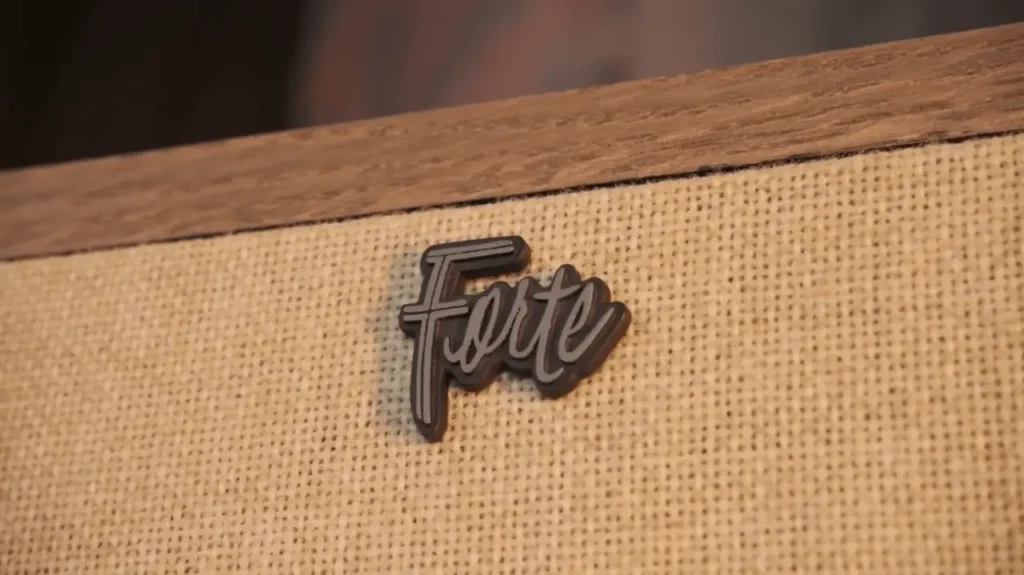
So, what’s the secret? Is this just a case of retro nostalgia, or is there something truly special hiding behind that vintage facade? We plugged them in to find out, and the answer surprised us. This isn’t just a tribute to the past; it’s a high-tech masterpiece in disguise.
Check Out: I Reviewed the Klipsch RP-6000F II
More Than a Pretty Face: Hand-Built in the USA
In a world of mass production, the Klipsch Forte IV carries a badge of honor: “Made in Hope, Arkansas, USA.” This isn’t just a line in a spec sheet; it’s a promise of authenticity. You can feel the quality the moment you unbox them.
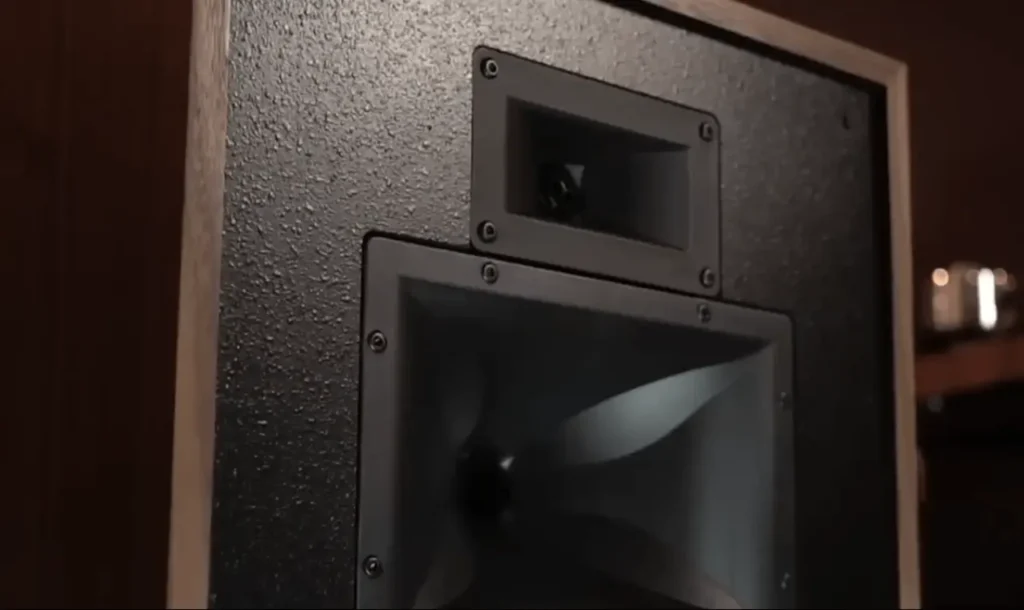
The cabinets are finished in a lively, polished wood veneer that’s warm and pleasant to the touch. Klipsch even matches the veneer patterns so that each stereo pair looks like identical twins. The details seal the deal:
- Powerful Metal Terminals: A purely American approach—no flimsy plastic nuts here.
- Personal Touch: A sticker on the back with the personal signature of the quality control engineer.
- Acoustically Transparent Grilles: The colorful fabric grilles look retro, but they are made of modern synthetics designed to protect the drivers without muffling the sound.
This isn’t just a speaker; it’s a piece of hand-finished furniture that feels solid, monumental, and built to last a lifetime.
The Secret Weapon: What’s Hiding Inside Those Horns?
Horns are the backbone of Klipsch’s foundations. Having once chosen this direction in the development of acoustics, several generations of engineers adhered to it without deviation, refining the ideas of Paul Klipsch to perfection. The process has not stopped to this day.
Precision, now computer-based calculations, allow even more precise control of the operating parameters of branded horns. And every significant change in their design is necessarily patented.

One of the latest additions is Mumps technology, which enhances the shape of the classic Tractrix horn by incorporating additional lugs to smooth out its inner edges. This technology is implemented in the large Klipsch Forte IV mid-range horn and allows you to achieve a more solid and homogeneous sound at the listening point.
You May Like: Just How Good Can a 75-Year-Old Design Really Sound in 2025?
The midrange driver has also been updated – according to the manufacturer, now it sounds more detailed and dynamic. At higher frequencies, a more classic-looking horn is installed, and a smaller driver with a titanium diaphragm and a new phase equalizing body is hidden in its center, giving better sound focusing.
A “Double Punch” of Bass: The Genius of the Rear Radiator
The Klipsch Heritage Forte IV woofer is an absolute classic of the genre. Large, 12-inch, heavy-duty cellulose cone mounted on a corrugated fabric surround. Such speakers do not have a large working stroke, but thanks to the elastic suspension, they sound extremely accurate and are not at all inclined to smear bass or confuse notes. In a word, they prefer quality to quantity. But there is one caveat.
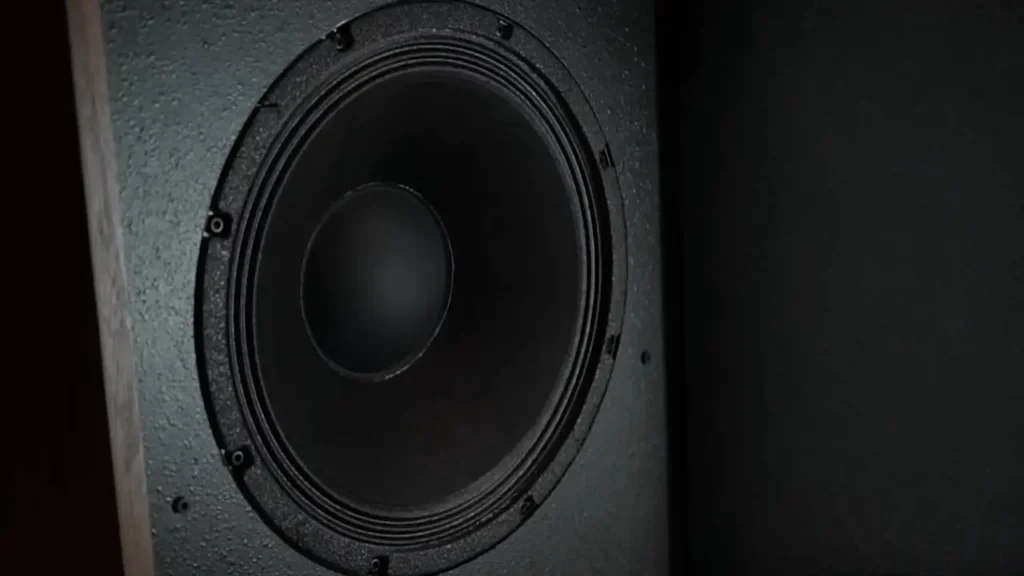
It doesn’t take an expert in acoustics to understand the simple fact that a large speaker installed in a large closed box will inevitably vibrate the walls of that box. And, by the way, “singing” cabinets are often the main secret of vintage speakers’ musicality.
By introducing randomized coloration across a wide frequency spectrum, their enclosures not only reduce detail and wash out the sound, but also make any music delivered warmer, livelier, and timbre richer.
And only when the acoustics developers were convinced that the timbre saturation provided by the cabinets had nothing to do with the real content of the reproduced recordings, a modern engineering trend appeared to muffle the cabinets and create the most rigid, acoustically inert structures.
At the same time, it is possible to completely drown out a case the size of a Klipsch Heritage Forte IV Floorstanding Speaker, even with the use of modern technologies, only by making its walls 5–10 centimeters thick. Realizing this, Klipsch engineers took a completely different path: unable to eliminate unwanted vibration in a closed case, they decided to redirect it and use it for good.
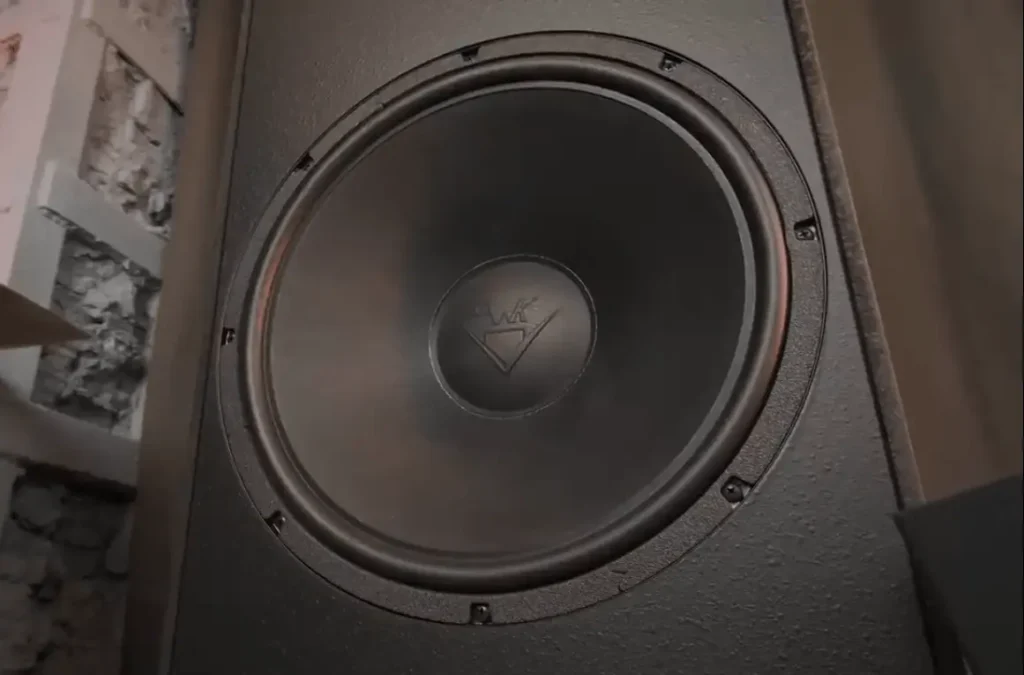
Therefore, a significant part of the rear panel was occupied by a passive radiator. It is larger than an active speaker – it has a caliber of 15 inches. The diffuser of the passive radiator has the same texture and rigidity as the active one, but is equipped with a more modern-looking rubber suspension. At the same time, the elasticity of the suspension and the course of the diffuser for both emitters are almost identical.
The Listening Test: Did They Live Up to the Legend?
We paired the Forte IV with a high-end tube amplifier (Manley Stingray II) and spun some vinyl. With horns, tubes, and vinyl, we were ready for a blast from the past. We put on Amy Winehouse’s “Frank” and braced ourselves.
The result was stunning. There was no harshness, no “honk” from the horns, no overly warm sound. There was only pure, uncolored, and breathtakingly alive music.
“It’s impossible not to stomp to the beat of AC/DC’s ‘Thunderstruck’. Amy Winehouse, as if alive, stands with a microphone very close. Dire Straits’ melodies hypnotize and fascinate… these speakers get to the soul of the music.”
Switching to a digital source, the sound became even tighter and more condensed, but it lost none of its musical soul. These speakers have an incredible ability to combine raw power and drive with the delicacy needed for subtle tracks. They don’t just play music; they make you feel it.
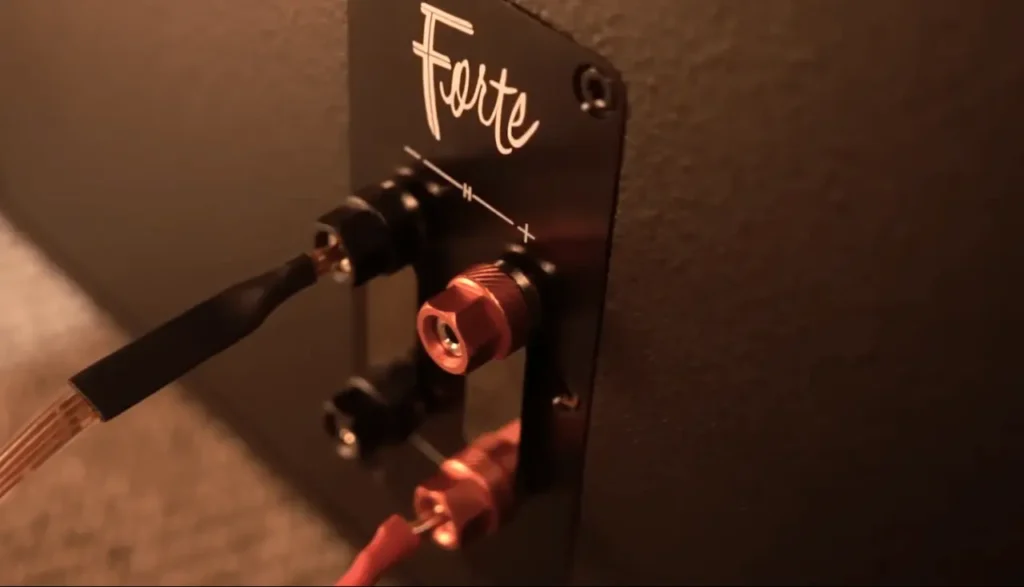
The Verdict: Who Should Buy the Klipsch Forte IV?
After extensive listening, our initial fears were completely unfounded. These speakers defy expectations. They are not niche products for a handful of vintage audio fans.
They are for anyone who has grown tired of sterile, boring speakers and wants to reconnect with the emotion and energy of their favorite music. If you have a recording with soul, an idea, an essence, the Klipsch Forte IV will reveal it in glorious detail.
The only “danger” is that you’ll find yourself listening to every album you own from start to finish, completely captivated.
Features Klipsch Forte IV
- High-efficiency loudspeaker
- Three-way design utilizing a 12” woofer and horn-loaded midrange and tweeter
- All-new K-702 midrange compression driver, featuring a polyimide diaphragm, mated to a modified Tractrix horn featuring our patented Mumps technology
- The titanium diaphragm high-frequency driver features an all-new wide dispersion phase plug to provide exceptionally even high-frequency dispersion
- Designed and assembled in the USA
Klipsch Forte IV Specifications
- Frequency range: 38-20,000 Hz
- Impedance: 8 ohms
- Sensitivity: 99 dB
- Sound pressure: up to 116 dB
- Number of bands: 3
- HF driver: horn, 25 mm titanium dome driver
- Midrange driver: horn, 44.5 mm polyamide dome driver
- Woofer: paper cone 305mm
- Passive radiator: paper cone 380 mm
- Power: 100W
- Dimensions: 419 x 914 x 220 mm
- Weight: 32.7 kg

